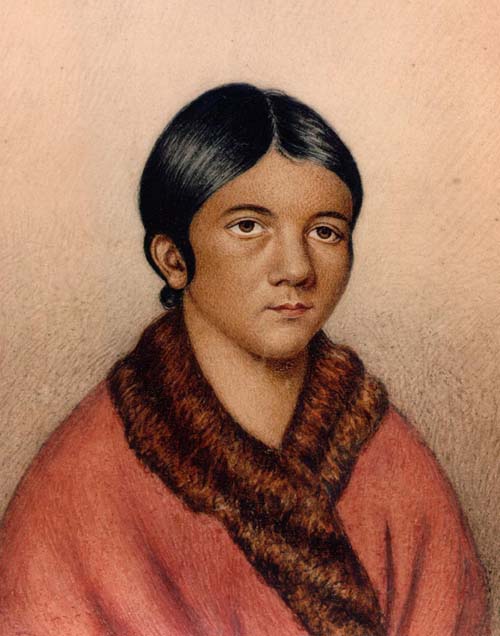
Traditional Clothing of the Beothuk People
Overview of Beothuk Culture
The Beothuk people, an Indigenous group native to Newfoundland, have a rich cultural history that predates European contact by thousands of years. Their society was deeply intertwined with the natural environment, which influenced their ways of life, including their clothing. Clothing played a crucial role in the Beothuk culture, serving not only as protection against the elements but also as a reflection of identity and social structure. As noted by historian Ingeborg Marshall in her work “The Beothuk of Newfoundland,” clothing was a significant marker of social status and community belonging.
Materials Used in Beothuk Garments
The primary material used in Beothuk garments was animal hides, particularly from caribou, which were abundant in their environment. Caribou hides provided exceptional warmth and durability, essential for surviving the harsh Newfoundland climate. In addition to caribou, the Beothuk also utilized furs from other animals and plant materials for specific clothing items. The availability of these materials was crucial, as they not only provided physical protection but also held cultural significance in their daily lives.
Techniques of Clothing Production
The Beothuk employed various sewing techniques, with sinew being a favored material due to its strength and flexibility. Sinew, harvested from animal tendons, was used to stitch garments together, ensuring a secure fit. The construction methods were designed to enhance both the functionality and aesthetic of the clothing. Women played a pivotal role in garment making, passing down their skills through generations. This knowledge was vital, as clothing was not merely utilitarian but also an expression of artistic creativity.
Types of Clothing Worn
Beothuk women’s clothing typically consisted of skirts and capes, which were designed to provide both comfort and mobility. The capes, often worn over the shoulders, were practical for layering in cold weather. Men’s attire included tunics and leggings, which allowed for freedom of movement during hunting and other activities. Childrens clothing mirrored adult styles, underscoring the continuity of cultural practices within families.
Color and Decoration in Beothuk Clothing
Color held significant meaning in Beothuk garments, with various hues representing different cultural beliefs and identities. Dyes were often derived from natural sources such as berries, plants, and minerals, showcasing the Beothuk’s deep connection to their environment. Decorative elements like beadwork and embroidery were not only aesthetically pleasing but also conveyed cultural narratives and individual identities, making each garment unique.
Cultural Significance of Clothing
Clothing among the Beothuk was a reflection of their lifestyle, encompassing hunting, gathering, and community gatherings. Garments indicated social roles and status within the group, signaling an individual’s place in society. Furthermore, clothing was intertwined with spiritual beliefs, as certain garments were believed to carry protective properties linked to the natural world.
Impact of Contact with Europeans
The arrival of Europeans in Newfoundland brought significant changes to Beothuk clothing practices. Trade introduced new materials and styles, altering traditional garment construction. As documented by researcher Peter E. Pope in “The Beothuk and their European Contacts,” while some Beothuk adopted European fabrics, the pressure of colonization led to a decline in traditional practices, impacting their cultural identity.
Contemporary Relevance
Today, there is a resurgence of interest in reviving traditional Beothuk clothing practices within Indigenous communities. Efforts to preserve this knowledge are crucial for cultural heritage and identity. Education plays a significant role in this revival, as younger generations seek to connect with their ancestors’ traditions and maintain a sense of belonging in the modern world.
